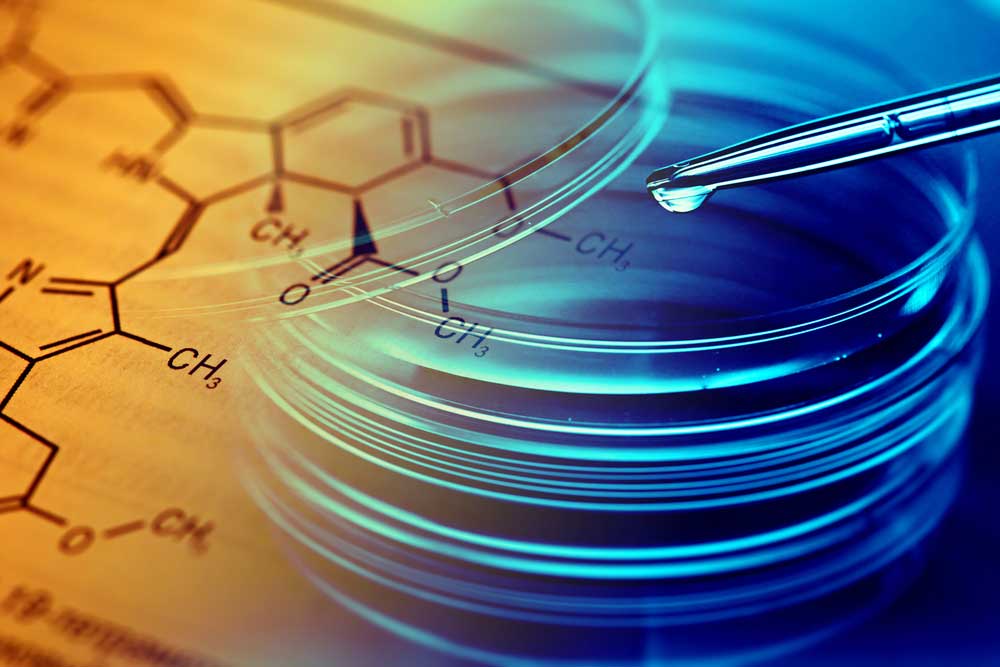Read the latest and greatest from our team
of incredible specialists.

Beach House Recovery Center » Blog » The Science of Drug Addiction
That television commercial from the 1980s put it bluntly. A man holds up an egg and says, “This is your brain.” He then points to a hot frying pan, saying, “This is drugs.” He cracks the egg into the frying pan, points to the cooked egg and says, “This is your brain on drugs.”
Although this commercial simplified the complicated science behind drug addiction, it made a bold—and accurate—statement. When used regularly and in excess, drugs and alcohol affect the brain by altering the way it functions. Looking deeper, drugs interfere with brain chemicals and the way neurons in the brain send and receive information. Scientists have come a long way in their understanding of drug and alcohol addiction since the 1930s, when researchers chalked it up to problems with morals and willpower. Today, scientists identify addiction as a chronic disease that changes the structure of the brain and how it functions.

In simple terms, drugs target the brain’s “reward system.” They flood the brain with the feel-good chemical dopamine. In normal levels, dopamine, a neurotransmitter, helps reward natural behaviors. It’s why you feel good after eating delicious food or exercising. Drugs and alcohol stimulate large amounts of dopamine all at once, producing feelings of euphoria. In fact, some drugs produce as much as 10 times the amount of dopamine as natural behaviors. The brain likes those feelings, so it tells the drug user to keep taking the drugs to stimulate them.
The problem is that over time, the brain becomes desensitized to dopamine. Non-drug activities that would normally bring pleasure no longer make the person happy. The brain produces less dopamine on its own and eliminates dopamine receptors to prevent the brain from getting too much. As such, a drug addict or alcoholic gets less dopamine and becomes unable to enjoy things he or she used to love. Often, depression sets in. To try to feel better, the person takes more and more of the drug to try to get a dopamine “high.” This further increases their dopamine tolerance and creates a vicious cycle of addiction.
As scientists uncover more about the science of drug addiction, they have found a second neurotransmitter at play: glutamate. Together with dopamine, glutamate affects the reward center in the brain as well as a person’s ability to learn. Glutamate links activities necessary to humanity’s survival, such as eating and sex, with feelings of pleasure. Over time, repeated exposure to drugs or alcohol causes the brain to connect liking the feeling of the drug to wanting it, which makes the addict seek that substance out. Long-term abuse creates a reflex where environmental cues can create cravings for alcohol or drugs. This memory reflex is one of the reasons so many addicts relapse after getting clean. Something as simple as seeing a hypodermic needle for a heroin addict or a bottle of rum for an alcoholic can be enough to put powerful cravings in motion.
The combination of decreased pleasure sensations caused by disrupted dopamine and the learned behaviors caused by altered glutamate create a perfect storm for addiction. The addict craves the substance, loses control over how much and how often he or she needs to use it to feel good, and continues to use it despite negative consequences in his or her life.
This explanation of the science behind addiction is not meant to make you or your addicted loved one feel hopeless. Instead, it’s meant to empower you with knowledge of what’s fueling the addiction fire. The better you understand how drugs or alcohol affect your brain, the more you can do to fight back.
Save
Whether you’re researching for yourself or a loved one, Beach House can help. We understand that this is a serious time in your life and that the treatment center you choose matters. We want you to feel comfortable and empowered to make the right decision for yourself, a friend, or a family member. This is why a counselor is waiting and available to answer your questions and help put your mind at ease regarding the next steps. Many of the staff at Beach House have walked in your shoes. If you feel you’re ready or want more information about how to help a loved one, we can help today. You can also learn why we are voted the #1 rehab for addiction treatment in Florida.
We accept most major insurance plans and can verify your benefits quickly and confidentially.
We’re committed to helping you access the care you need, our admissions counselors can guide you through your coverage options and available resources.





"*" indicates required fields